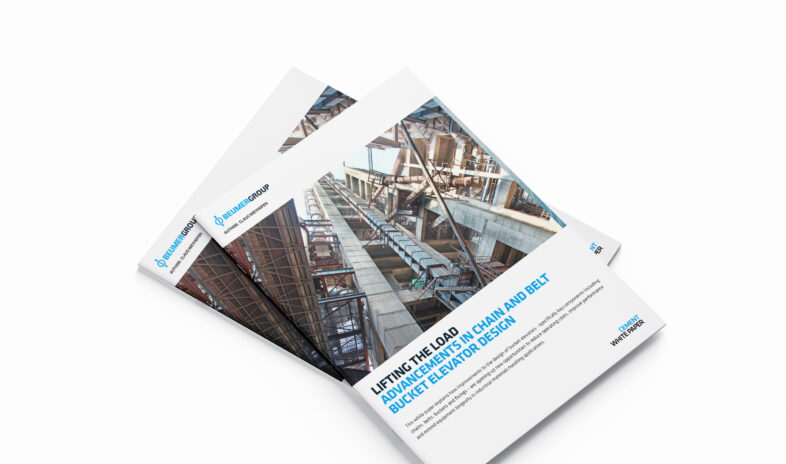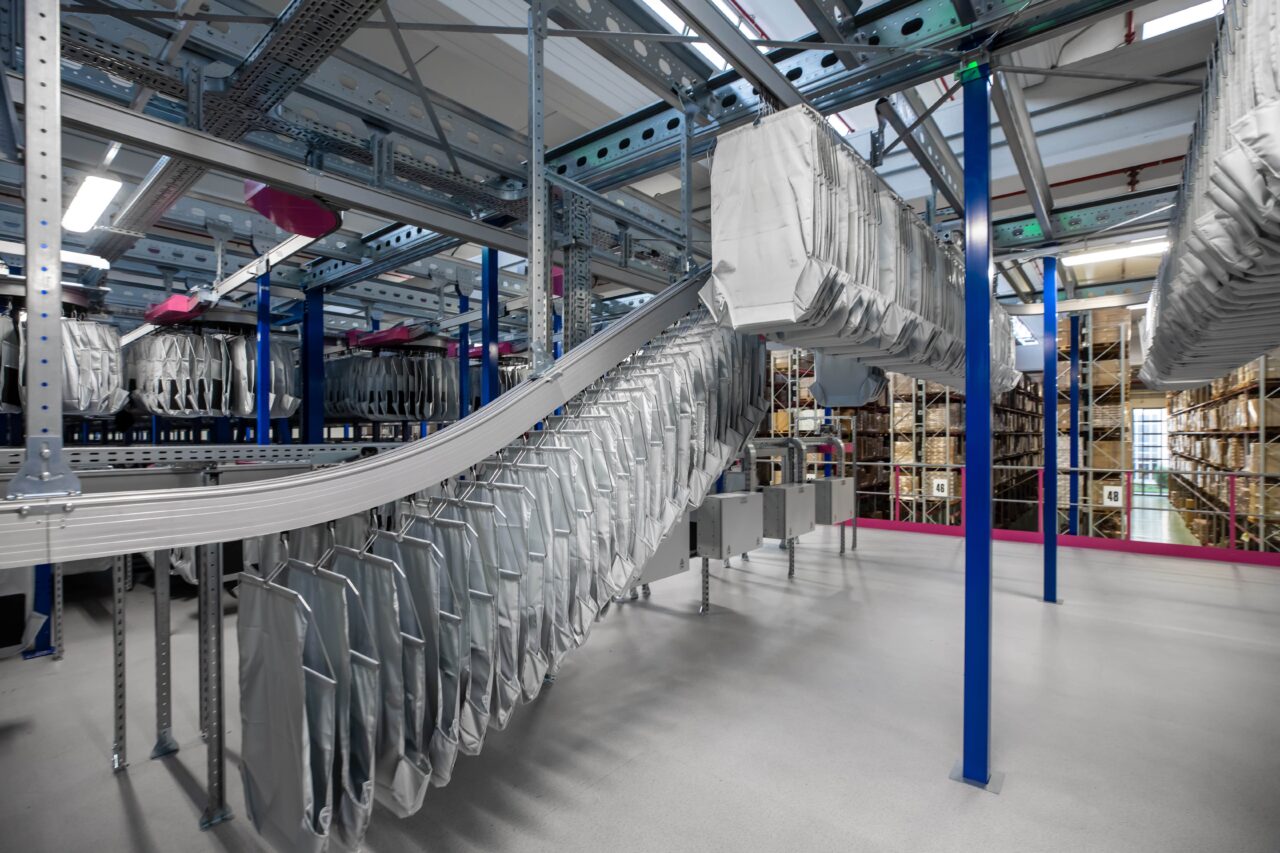Here we explore the challenges that businesses face when implementing warehouse automation and discuss the key factors that can help overcome these challenges.
Clear communication with customers
Dominic Crimp, the COO of TGW Northern Hub recently discussed how a global, standardised stage gate process is essential when delivering an automation project.
This process ensures that quality requirements are met at each stage of the implementation process, and any issues can be caught and resolved early on.
Clear communication with customers is vital to ensure that their needs are understood, and the system is designed to meet their specific requirements.
By reviewing 3D drawings and providing individual functional design specifications for software, businesses can save a lot of time and ensure that software interfaces work correctly with the automation system.
Testing is another critical component of successful implementation. Testing should be done in close collaboration with the customer to ensure that they have a clear understanding of the system and can take operational responsibility for it.
By testing software in a laboratory environment and using emulation on both the PLC and WCS layers, businesses can identify and solve problems before the system is installed on-site, resulting in a faster ramp-up process.
Overcoming resistance to change
Automation is a powerful tool that can transform the way businesses operate.
However, one of the most significant challenges of implementing fulfilment centre automation is the resistance to change that can arise from management, workers, and customers; it is crucial to address this resistance head-on.
Clear communication about the benefits of the new system is essential, as is providing comprehensive training for employees.
By communicating the potential for increased productivity, efficiency, and accuracy, as well as reduced labour costs and increased safety, businesses can alleviate concerns and create a smooth transition to the new system.





